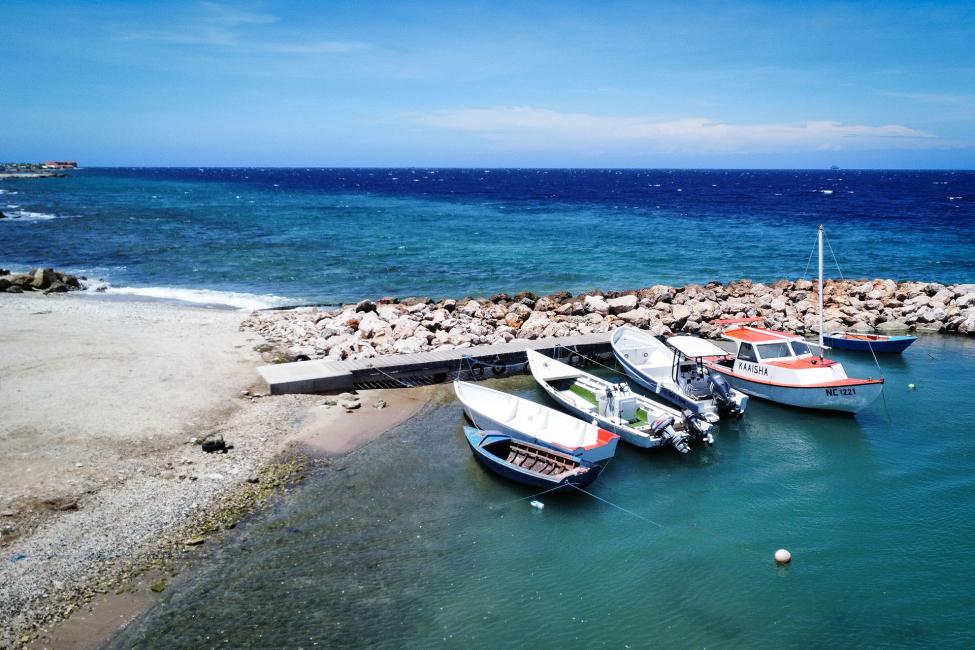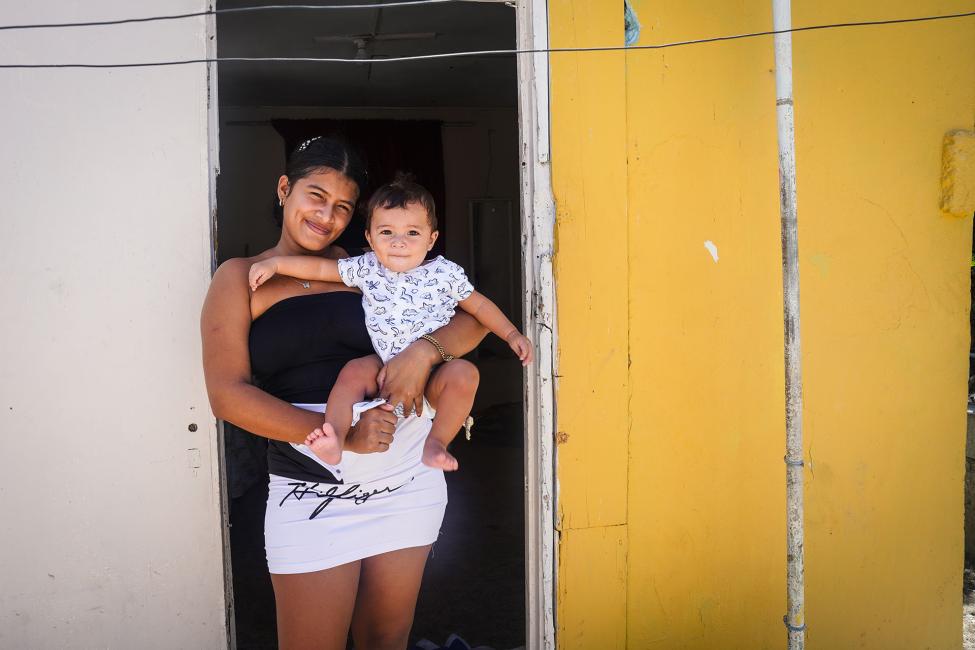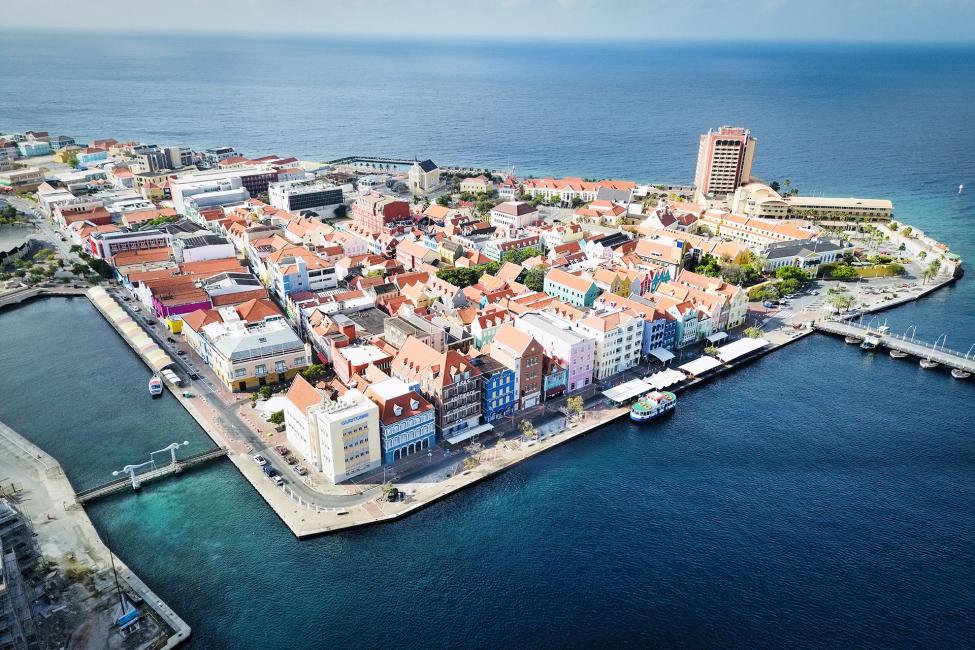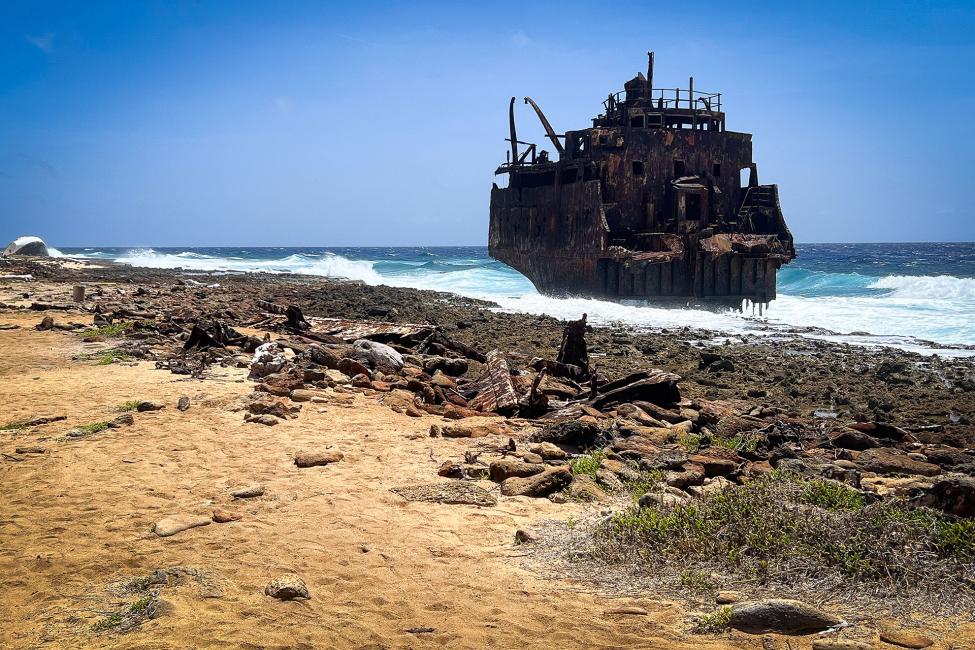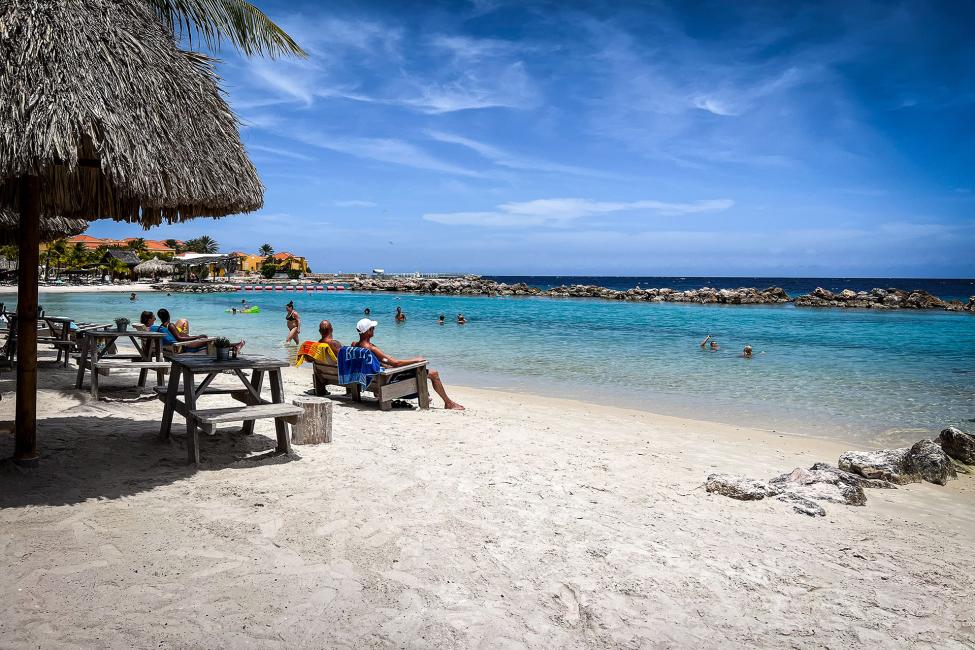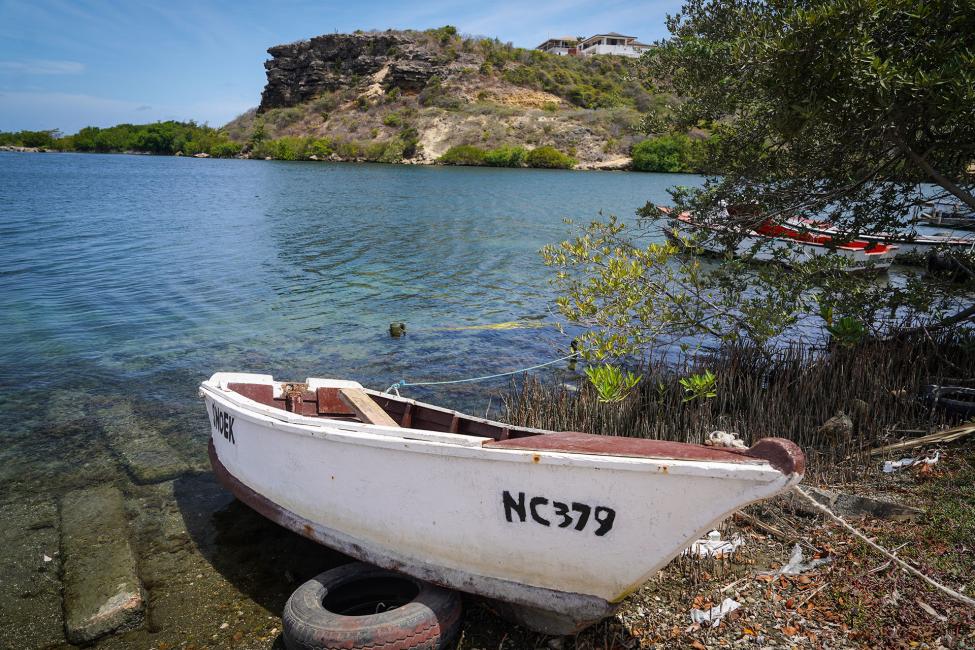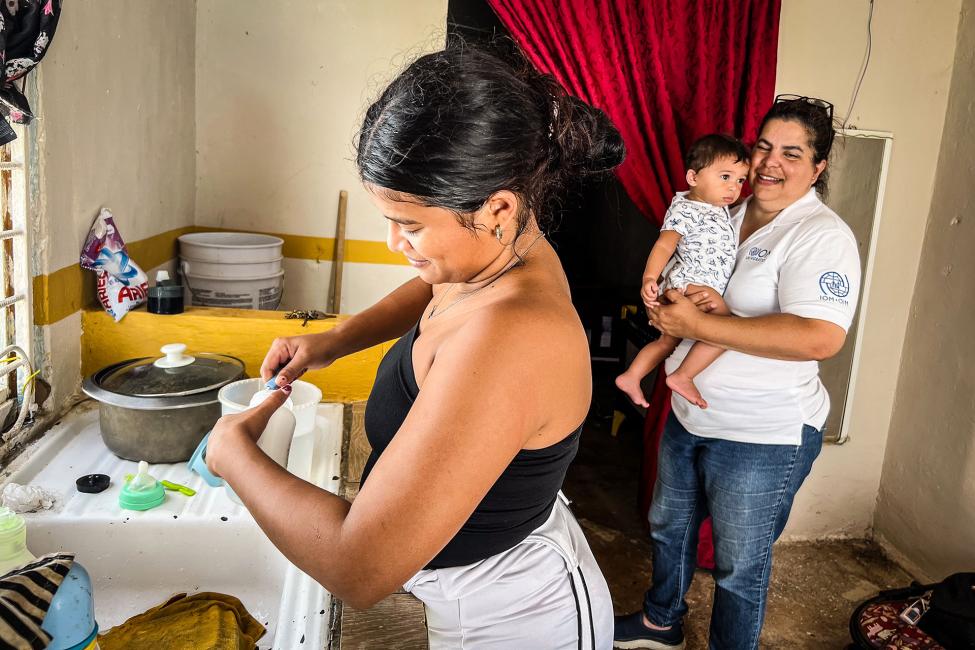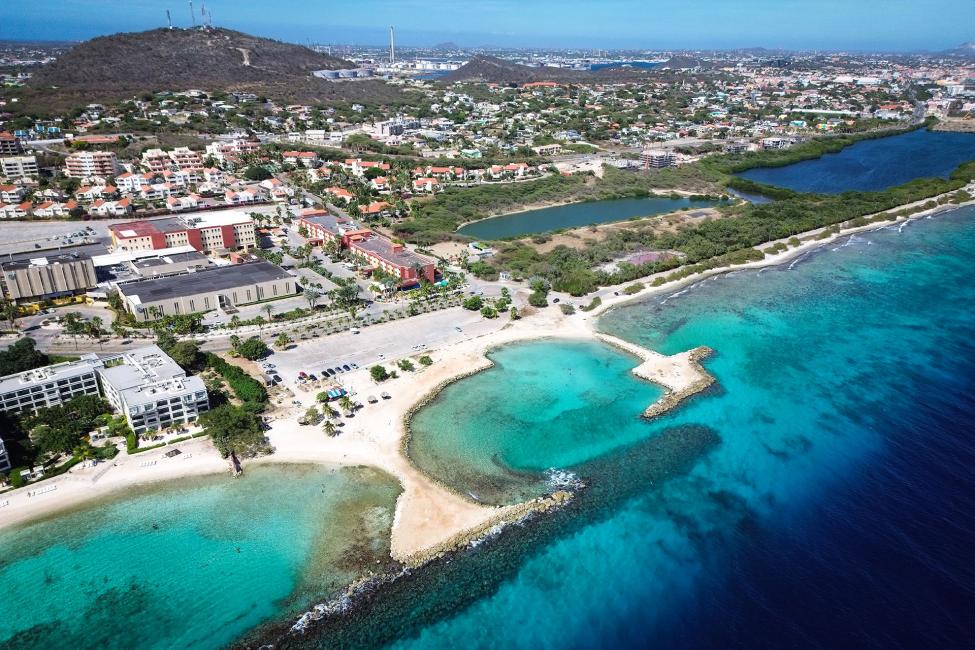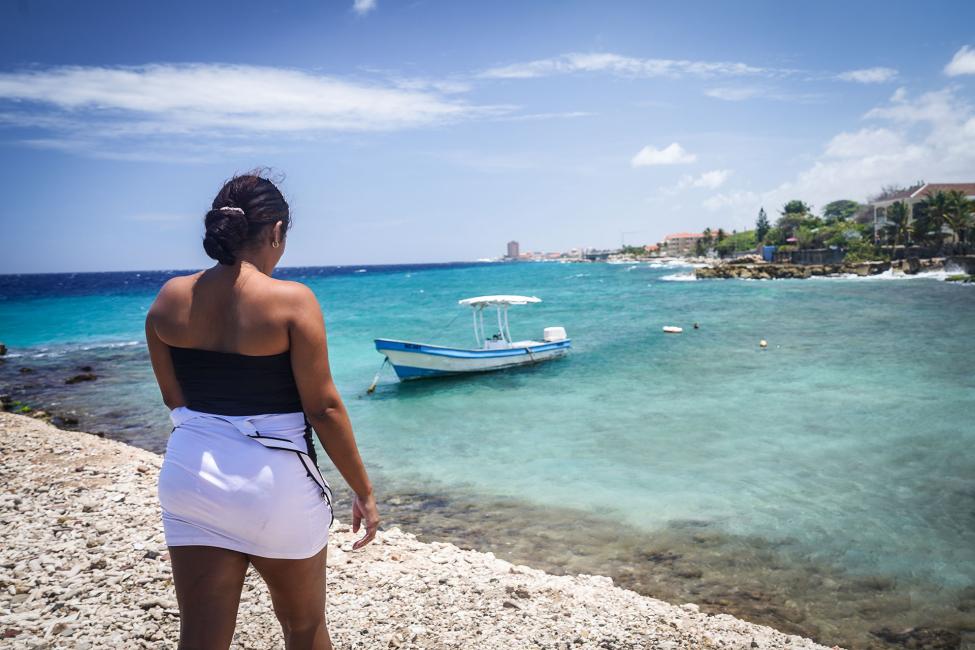-
Who we are
WHO WE AREFollowing the UN Secretary-General's request to IOM and UNHCR to co-lead the regional inter-agency response, the Office of the Director General’s Special Envoy for the Regional Response to the Venezuela Situation (OSE) was established in 2019 to coordinate IOM's assistance for migrants and refugees from Venezuela.
SOBRE NOSOTROS
SOBRE NOSOTROS
OIM Global
OIM Global
-
Our Work
What we doThe Office of IOM´s Special Envoy for Migrants and Refugees from Venezuela is responsible for the coordination and oversight of regional projects within the framework of Venezuela's Migrant and Refugee Response Plan (RMRP) in South America, North America, Central America and the Caribbean, working closely with implementing missions and Regional Offices.
PRIORIDADES TRANSVERSALES
- Where we work
- Data and Resources
- Take Action
- 2030 Agenda
Willemstad, 16 August 2023 – In 2022, Genesis, 22, and her partner Jose squeezed aboard a small, overloaded boat captained by people smugglers and packed with migrants bound for Curaçao, an island in the Caribbean 65 kilometres (40 miles) off the Venezuelan coast.
Seven months pregnant at the time, Genesis hoped for a new life working as a housekeeper where, despite living precariously on the margins of society, she could make more in one day than in one month back home. Anything she saved would be sent to her mother, who was struggling to provide food and clothes for the four-year-old daughter Genesis left behind.
En route, the vessel’s aging motor died in heavy swells and the boat began to sink; its 31 passengers including Genesis, who did not know how to swim, were terrified of drowning.
“It was horrible, a lot of water came into the boat, everyone was screaming,” she said, recalling the dramatic eight-hour journey.
“I was afraid of being eaten by the sharks, being crushed to death on the rocks, or disappearing at sea. I just cried, prayed for my baby, and held on to my partner.”
Perilous journeys
IOM’s Missing Migrants Project (MMP) documented the deaths and disappearances of at least 321 migrants in the Caribbean last year, a record since MMP began its work in 2014, and an 84 per cent increase from the 180 recorded in the previous year. Thus far in 2023, at least 120 migrants have died or disappeared in the Caribbean.
“We are calling for more action to prevent deaths and protect migrants who are embarking on these routes, regardless of their status and at all stages of their journey,” said Karen Wouters, IOM Project Coordinator in Curaçao.
“Prevention begins with regular migration pathways, defending the rights of families to stay together and responding to the needs of migrants in vulnerable situations.”
The young couple came from La Vela de Coro, a bedroom town on the Venezuelan coast where most homes are empty. Many of their owners have set off to sea for Curaçao, a constituent country within the Kingdom of the Netherlands.
More than 7 million people have left Venezuela in recent years as a result of the political turmoil, socio-economic instability and the ongoing humanitarian crisis. The vast majority have sought new lives in the Americas and Caribbean.
Most Venezuelans cross land borders into Colombia or Brazil, but for many in coastal towns, Curaçao, a popular destination for European and American tourists, Aruba and the twin-island nation of Trinidad and Tobago are much closer. Due to a long history of mutually beneficial commerce and travel, tourism and migration ties, many mainlanders have friends and relatives on the islands who can provide housing and job connections.
Today, more than 14,000 Venezuelans live in Curaçao – equivalent to almost 10 per cent of the island’s population of nearly 154,000. Many flew in as tourists, but some are making the perilous sea voyage. Although Curaçao’s Venezuelan population is tiny compared to Colombia, 2.5 million, and Peru, 1.5 million, the island is home to one of the highest numbers of displaced Venezuelans relative to its population.
A life in hiding
Arriving with nothing but faith, Genesis and Jose are gradually building a life in Curaçao and raising their infant son. The International Organization for Migration (IOM) provided them rental assistance, cash vouchers, food, clothing, and referral information to local partners who can assist them with other services.
The life of a Venezuelan migrant in Curaçao is not easy. Cultural and linguistic differences and the lack of a formal pathway to obtain work and residence permits or Dutch citizenship means the state’s migrant population live in constant fear of being deported.
“We must be hidden. This is the life of the irregulars here in Curaçao,” said Genesis, who rarely leaves her one-room house in a modest neighbourhood in the capital Willemstad.
A trained mechanic, Jose is a construction day-labourer, earning enough money to send back home. Genesis will start cleaning homes soon.
“Venezuelans like me are coming to Curaçao for a simple reason: it’s easier to survive here,” she said, sitting with her eight-month-old son on a beach crowded with European holidaymakers where, when on a clear day, she can see the coast of her country.
"I came with the intention of going back in the long term. Though our lives are better here, our hearts are always back in Venezuela.”
This story was written by Gema Cortés, IOM Media and Communications Unit, Office of the Special Envoy for the Regional Response to the Venezuelan Situation.
